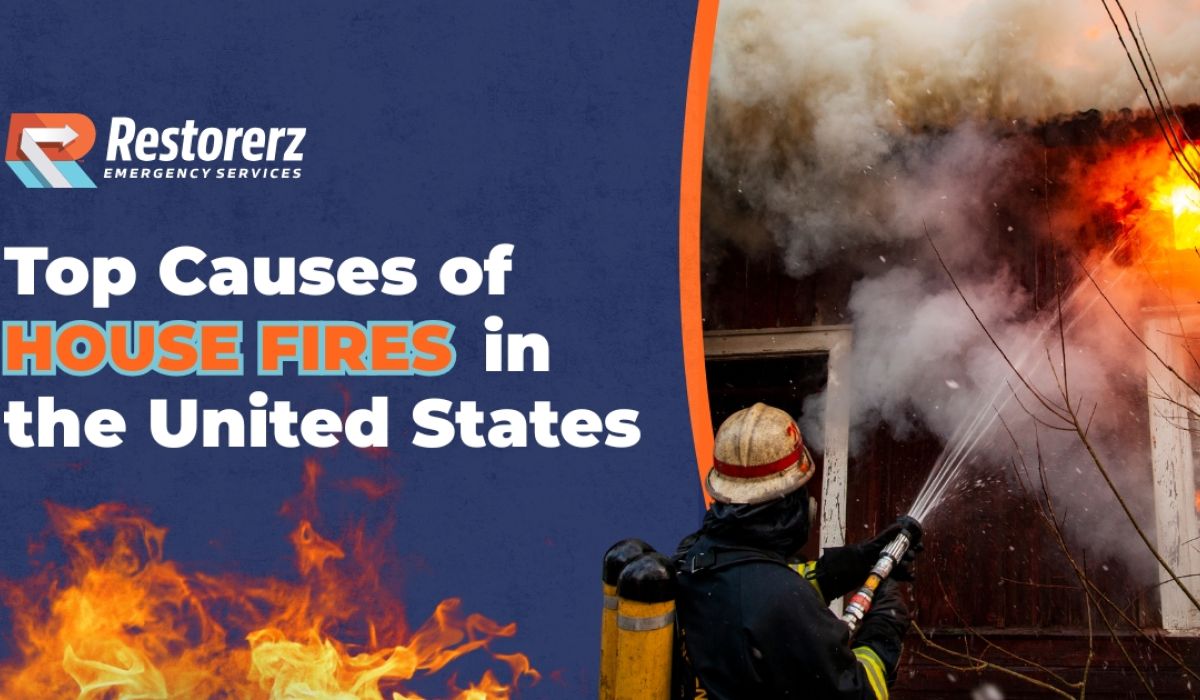What are The Different Categories of Water Damage?

CEO, Restorerz Emergency Services
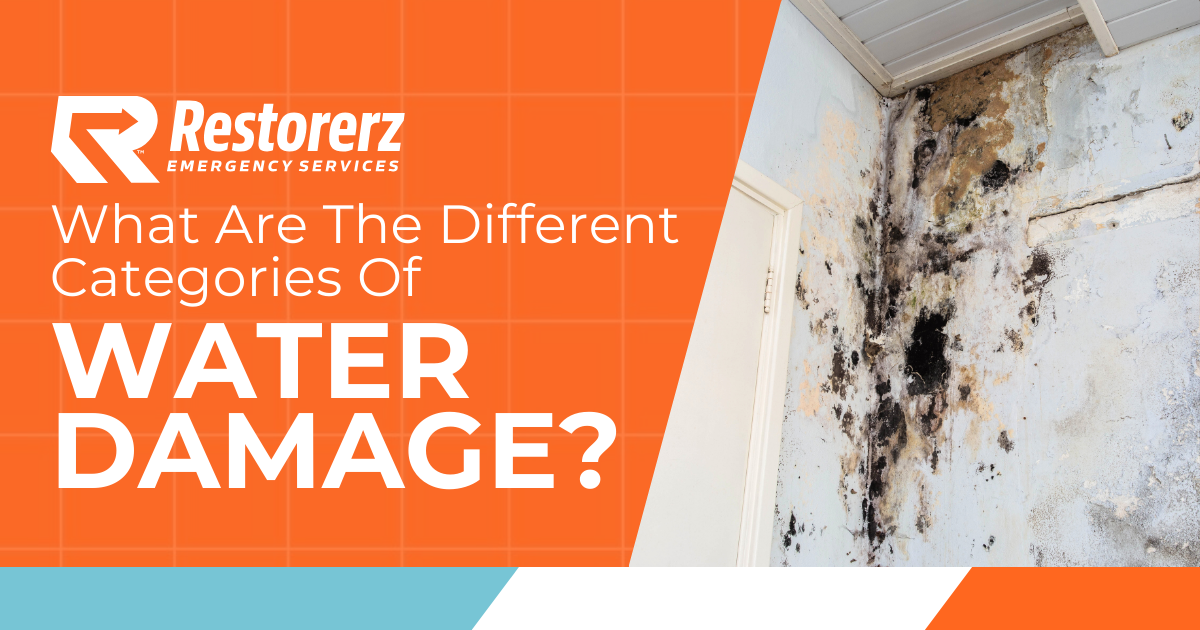
Water damage is one of the most destructive forms of property damage in Los Angeles, and homeowners who have experienced a burst pipe or had a basement flood have probably dealt with it before. However, there are several different categories of water damage. As a homeowner, it’s important to be aware of these categories, the various classes of damage, and the levels of severity. Restorerz Emergency Services specializes in dealing with all categories of water damage in your California home.
Why Understanding Water Damage Categories Matters
Water damage categories are defined by the type of water that has caused or is causing the damage. The higher the category, the more unsanitary and potentially dangerous it is. For example, Category 1 damage should be cleaned up to prevent mold growth, but it’s no real cause for alarm, while Category 2 usually indicates contaminated and unsafe water. Knowing the difference between each category can help homeowners identify some of the necessary precautions to take. Water also degrades over time and can jump categories in warmer environments.
When you experience water damage in your Los Angeles home due to floods, storms, burst pipes, or sewage leaks, it’s important to understand how to maximize your water damage insurance claim. It’s helpful to know the different categories of water damage because this is how insurance companies determine claim amounts.
Category 1: Clean Water Damage
This type of water damage is the least severe. The water has come from a clean or sanitary water source, like a toilet, faucet, a failed or leaky water heater, or a broken water supply line caused by a flood. A burst pipe is almost always a Category 1 because it is coming from a sanitary water supply line.
A Category 1 isn’t a big concern if it’s cleaned up quickly, and a homeowner can start this process on their own. However, if the water sits and remains untreated, it can easily come into contact with contaminants, and the damage can escalate from a Category 1 into a Category 2 or 3.
Category 2: Grey Water Damage
A Category 2 means that the water has already been contaminated in some way and poses a health risk if ingested or comes into contact with the skin. Examples include dirty water from a toilet, washing machine, or dishwasher. Grey water can also be hazardous for household pets, so it needs to be cleaned up quickly and safely.
If grey water gets on surfaces like carpet, it usually needs to be removed. A Category 2 requires immediate attention from Restorerz before it becomes more hazardous and jumps to a Category 3.
Category 3: Black Water Damage
This is the most dangerous category, indicating that the water has originated from severely contaminated, unsanitary sources. Black water comes with animal or human waste and harmful contaminants you don’t want sitting in your home. Category 3 damage can be caused by sewer backups, standing Category 2 water, flooding, and more. Black water may harbor bacteria that can cause serious illness if not handled properly.
How Do We Handle Different Water Damage Categories
The team at Restorerz first identifies the type of water damage by determining the source. We then conduct a moisture inspection using advanced detection tools, such as a Thermo-Hygrometer, before beginning the restoration process.
Category 1 damage requires structural drying. Categories 2 and 3 require drying, more aggressive cleaning tactics, and stricter safety protocols, including the use of protective gear for dealing with grey and black water. High-absorbing materials, such as drywall, upholstery, and carpet, are usually removed and replaced.
Never attempt to clean Category 2 or 3 water damage on your own. Professionals have specialized tools for dealing with these situations, including dehumidifiers, air movers, scrubbers, and waste disposal containers.
Categories vs. Classes of Water Damage
While categories signify the severity of water damage in terms of toxicity and harmfulness, classes determine the extent of damage and the absorption of water into materials around the home. A licensed restoration specialist from Restorerz Emergency Services can determine the category and the class of water damage.
There are four classes of water damage:
- Class 1: There’s a minimal amount of damage and absorption, with water covering only part of a room or space.
- Class 2: Water damage has seeped into the lower parts of the household, such as floorboards or concrete, or saturated a portion of a carpet.
- Class 3: The damage may have come from overhead, like a burst pipe inside a wall, the ceiling, your roof, or through the wall insulation. Some parts of the wall need to be removed and replaced.
- Class 4: Specialized drying solutions are needed. Water is seeping into materials such as hardwood, plaster, brick, concrete, stone, subfloor, and crawl spaces.
Categories and classes can also stack on top of each other. For example, a restoration specialist could determine a Category 2 with grey water, but only a Class 1 with a minimal amount of damage.
Contact Restorerz for Home Restoration Services
If you’ve experienced water damage in your Los Angeles home, rely on Restorerz to determine the category and class of water damage, assist you with maximizing your insurance claim if needed, and restore your home to its safe, dry condition. Contact us today for more information on our remediation services or to schedule an appointment with our team.

![What is Green Mold [Comprehensive Guide]](/wp-content/themes/yootheme/cache/ef/Restorerz-What-is-Green-Mold-1200x630-10.22.2025-v1-efa9ac85.jpeg)
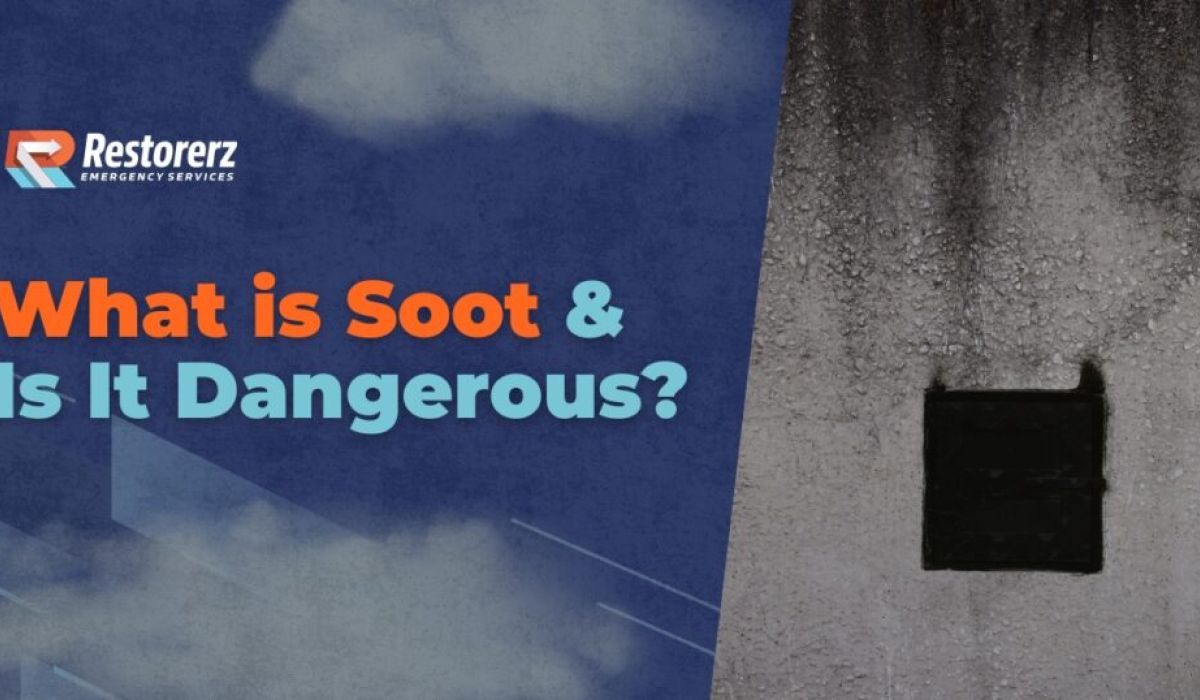
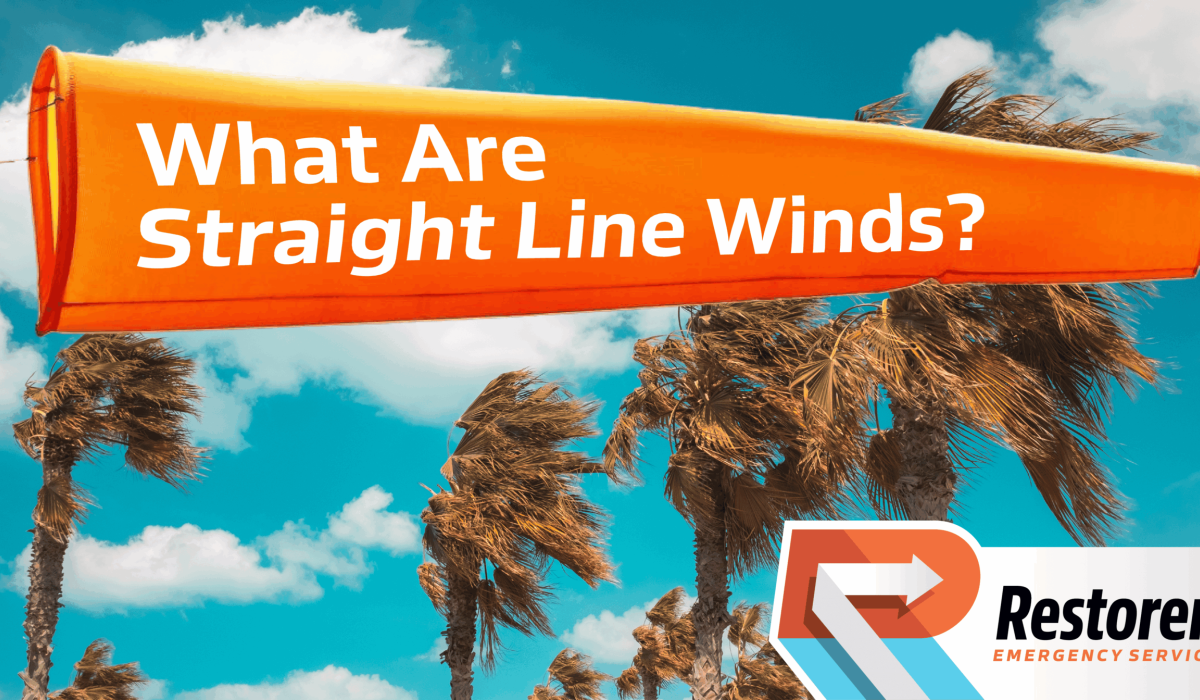
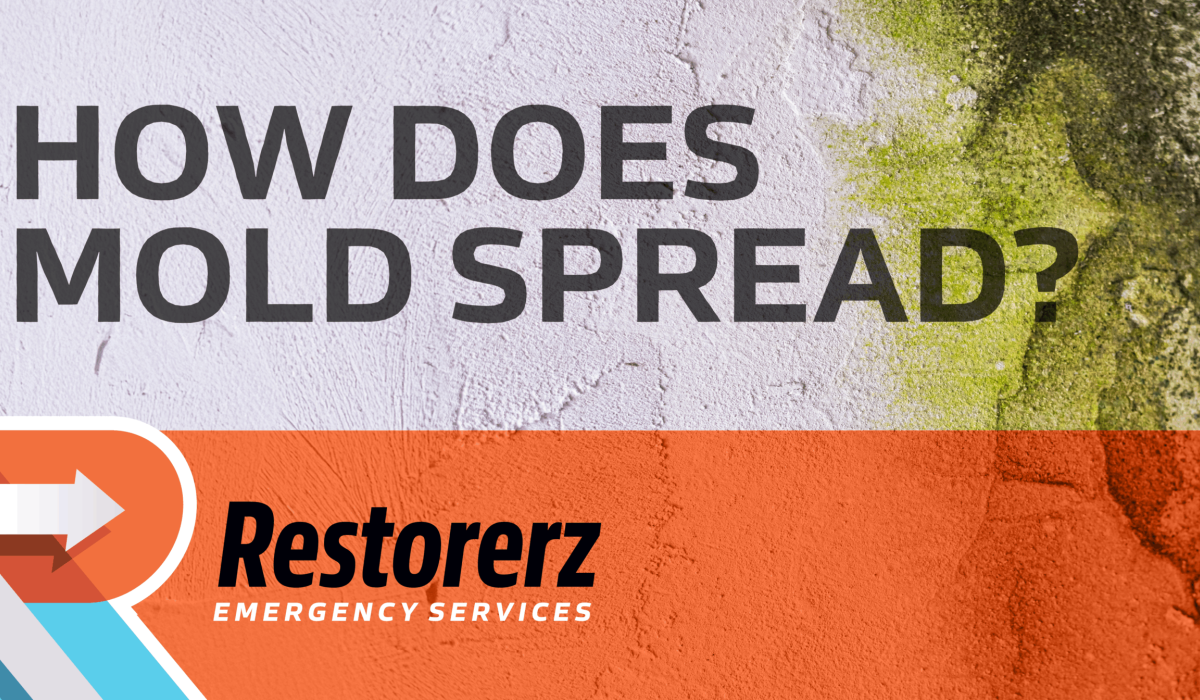
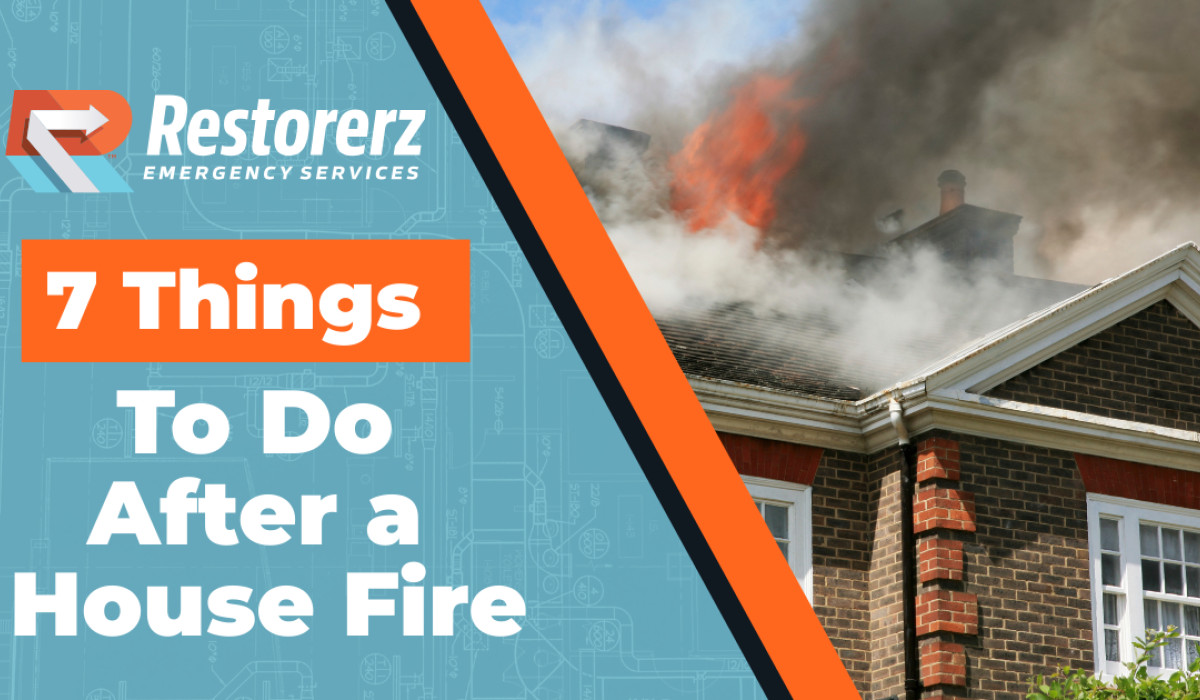

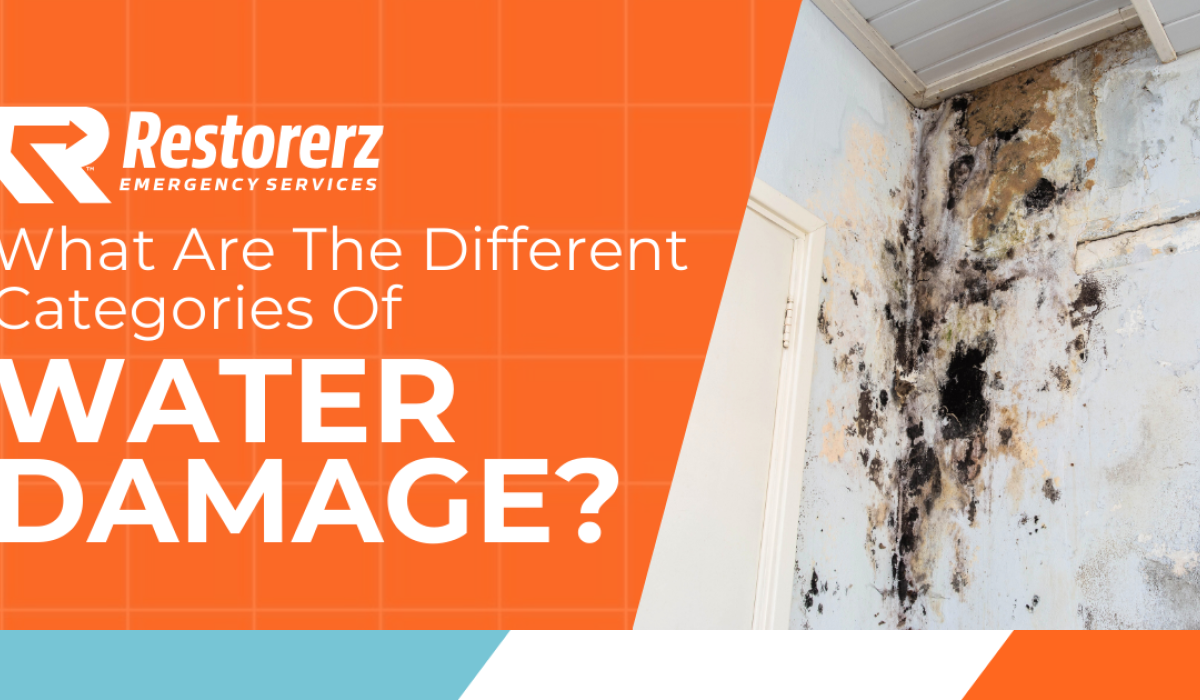

![All About Pink Mold [Prevention & Remediation Strategies]](/wp-content/themes/yootheme/cache/3a/Restorerz-Blog-All-About-Pink-Mold-Prevention-Remediation-Strategies-1-3a7c91cf.png)
